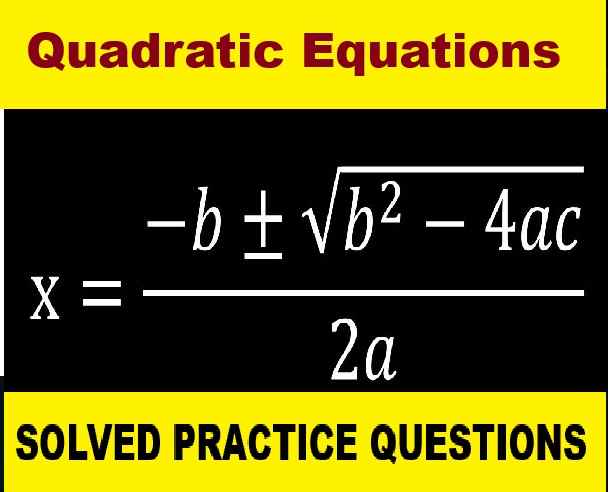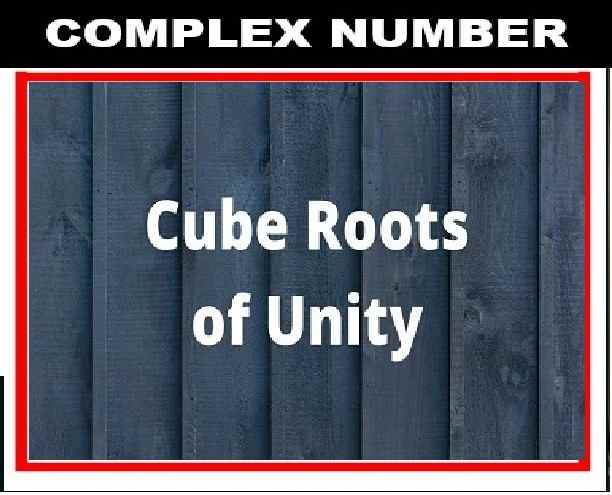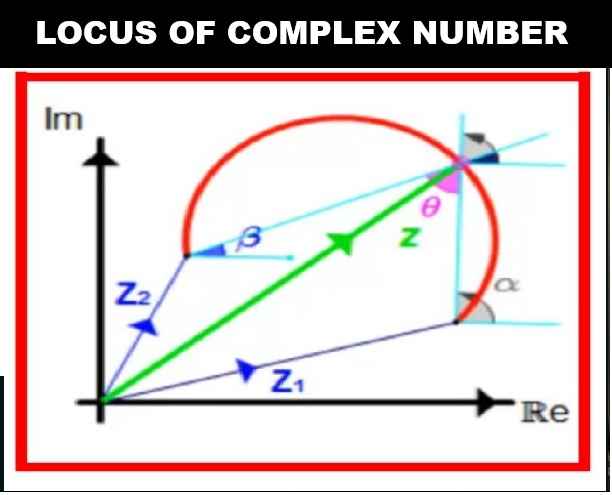Chemistry Semester-1 ICSE Specimen Paper Solved Class-10. Step by step solutions of ICSE Class-10 specimen model sample paper . During solutions of semester-1 Chemistry specimen paper so that student can achieve their goal in next upcoming exam of council .
Chemistry Semester-1 ICSE Specimen Paper Solved Class-10
| Board | ISC |
| Class | 10th (X) |
| Subject | Chemistry |
| Topic | Semester-1 ICSE Specimen Paper Solved |
| Syllabus | on bifurcated syllabus (after reduction) |
| session | 2021-22 |
| Question Type | MCQ/ Objective (as prescribe by council) |
| Total question |
Total- 37 with all parts |
| Max mark |
40 |
Chemistry Semester-1 ICSE Specimen Paper Solved Class-10
Question 1
The trend in metallic nature of metals as we go from top to bottom in a group:
1. increases
2. decreases
3. neither increases nor decreases
4. none of the above
Solution :
1. increases
Question 2
The colour change observed when the solution of magnesium hydroxide is tested with the following indicators:
1. phenolphthalein turns colourless to pink
2. methyl orange remains orange
3. phenolphthalein remains colourless
4. blue litmus solution turns red
Solution :
1. phenolphthalein turns colourless to pink
Question 3
The compound which is a non-electrolyte:
1. KCl (aq)
2. H2SO4 (dil)
3. CCl4 (l)
4. CH3COOH (aq)
Solution :
3. CCl4 (l)
Question 4
Twice the vapour density gives:
1. Actual vapour density
2. Relative vapour density
3. Molecular mass
4. Molar volume
Solution :
3. Molecular mass
Question 5
The number of lone pair of electrons in the nitrogen atom in ammonia molecule:
1. One
2. Two
3. Three
4. Four
Solution :
1. One
Question 6
Elements with similar valence shell configuration in a Periodic Table are placed in:
1. different groups
2. same period
3. different period
4. same group
Solution :
4. same group
Question 7 (Chemistry Semester-1 ICSE Specimen)
The gas liberated when sodium sulphite reacts with dilute sulphuric acid:
1. Carbon dioxide
2. Hydrogen
3. Hydrogen sulphide
4. Sulphur dioxide
Solution :
4. Sulphur dioxide
Question 8
Thickness of metal coating during electroplating depends on:
1. Duration of current passage
2. A low current
3. Nature of cathode
4. Purity of anode
Solution :
1. Duration of current passage
Question 9
Ionic bonding is seen in:
1. Methane
2. Hydrogen
3. Ammonia
4. Sodium oxide
Solution :
4. Sodium oxide
Question 10
The molecular formula of an organic compound is C6H12O6 and the empirical formula is CH2O, the value of n is:
1. 2
2. 6
3. 1
4. 12
Solution :
2. 6
Question 11
When an electron is added in the valence shell:
1. energy is released
2. energy is absorbed
3. energy remains same
4. none of the above
Solution :
1. energy is released
Question 12
The most electronegative element is:
1. Sodium
2. Aluminium
3. Bromine
4. Fluorine
Solution :
4. Fluorine
Question 13
The bond in Carbon Tetrachloride is:
1. Single Covalent Bond
2. Double Covalent Bond
3. Ionic bond
4. Triple Covalent Bond
Solution :
1. Single Covalent Bond
Question 14
The type of bonding present in the nitrogen molecule:
1. Single Covalent Bond
2. Double Covalent Bond
3. Polar Covalent bond
4. Triple Covalent Bond
Solution :
4. Triple Covalent Bond
Question 15
A compound with Empirical formula XY2, has the vapour density equal to its Empirical formula weight, its molecular formula is
1. X2Y4
2. X2Y2
3. XY
4. X4Y2
Solution :
1. X2Y4
Question 16 (Chemistry Semester-1 ICSE Specimen)
Identify one statement that does not hold true for electrorefining of copper:
1. Electrolyte is acidified CuSO4 solution
2. Cathode is a thin strip of impure copper
3. Anode dissolves in the electrolyte
4. Anode gets thicker.
Solution :
2. Cathode is a thin strip of impure copper
4. Anode gets thicker.
Question 17
The observation when ammonium chloride reacts with potassium hydroxide:
1. A reddish brown gas
2. A colourless gas which turns moist red litmus blue.
3. A green coloured gas which turns moist blue litmus paper red.
4. A colourless gas which turns lime water milky.
Solution :
2. A colourless gas which turns moist red litmus blue.
Question 18
The colour of the precipitate formed when ferrous ions react with ammonium hydroxide solution:
1. Blue
2. Reddish brown
3. Dirty green
4. white
Solution :
3. Dirty green
Question 19
During ionisation, metals lose electrons this change can be called:
1. Oxidation
2. Reduction
3. Redox
4. Displacement
Solution :
1. Oxidation
Question 20
The oxide of a metal that reacts both with acid and alkali to form salt and water:
1. Sodium oxide
2. Magnesium oxide
3. Aluminium oxide
4. Ferrous oxide
Solution :
3. Aluminium oxide
Question 21
The property which decreases from left to right across the periodic table:
1. Electron affinity
2. Electro negativity
3. Ionisation energy
4. Metallic character
Solution :
4. Metallic character
Question 22
On the basis of electronic configuration the period and group of 𝐵59 is:
1. 2 and IIIA
2. 3 and IIA
3. 4 and VIA
4. 5 and VIIA
Solution :
1. 2 and IIIA
Question 23
Select the ion that would get selectively discharged from the aqueous mixture of the ions listed below:
1. SO4-2
2. NO3-1
3. OH-1
4. Cl-1
Solution :
3. OH-1
Question 24
Hydronium ion is formed when a molecule of water combines with:
1. Hydrogen atom
2. Proton
3. Hydrogen molecule
4. Oxygen atom
Solution :
2. Proton
Question 25 (Chemistry Semester-1 ICSE Specimen)
The condition that is most appropriate for electroplating with nickel:
1. Electrolyte is molten copper sulphate
2. Anode should be made of impure nickel plate
3. Alternating current is used
4. Periodic replacement of cathode is needed.
Solution :
2. Anode should be made of impure nickel plate
Question 26
The hydroxide which is soluble in excess ammonium hydroxide:
1. Lead hydroxide
2. Ferrous hydroxide
3. Zinc hydroxide
4. Ferric hydroxide
Solution :
3. Zinc hydroxide
Question 27
Which statement is not true for electrolysis?
1. Cations migrate towards cathode
2. Anions discharge at anode
3. Anions get reduced during electrolysis
4. Cations get reduced during electrolysis
Solution :
3. Anions get reduced during electrolysis
Question 28
H2Y is the formula of a compound. What is the valency exhibited by Y?
1. 1
2. 2
3. 3
4. none of the above
Solution :
2. 2
Question 29
The particles which attract one another to form electrovalent compounds are:
1. Electrons
2. Protons
3. Ions
4. Molecules
Solution :
3. Ions
Question 30
Which one of the following statements is NOT correct?
1. Pure water does not allow a current to flow through it.
2. The electrolyte only conducts when in the molten state.
3. Electrodes that react with the electrolytes are said to be “active”.
4. Ions must be present in the electrolyte in order that it conducts electricity.
Solution :
2. The electrolyte only conducts when in the molten state.
Question 31 (Chemistry Semester-1 ICSE Specimen)
The salt formed by partial replacement of hydrogen ion of an acid by a basic radical.
1. Sodium sulphite
2. Magnesium hydroxide
3. Potassium sulphate
4. Zinc hydrogen sulphite
Solution :
4. Zinc hydrogen sulphite
Question 32
Alkali which dissociates only partially in aqueous solution:
1. Lithium hydroxide
2. Calcium hydroxide
3. Potassium hydroxide
4. Sodium hydroxide
Solution :
2. Calcium hydroxide
Question 33
The property that matches with elements of the halogen family are:
1. They are chemically highly reactive
2. They are metallic in nature.
3. They are monoatomic in their molecular form.
4. They have one electron in the valence shell.
Solution :
1. They are chemically highly reactive
Question 34
Cathode is a reducing electrode because:
1. It has less number of electrons.
2. It has deficiency of electrons
3. Cations gain electrons from cathode
4. Anions lose electrons to cathode
Solution :
3. Cations gain electrons from cathode
Question 35 (Chemistry Semester-1 ICSE Specimen)
The simplest ratio of the atoms of carbon and hydrogen is 1:1. Identify the possible molecular formula.
1. C6H6
2. C2H4
3. C6H2
4. C3H4
Solution :
1. C6H6
Question 36
The empirical formula of the compound is CH2O, the possible molecular formula can be:
1. C3H6O3
2. C2H4O
3. C4H3O2
4. C4H6O2
Solution :
1. C3H6O3
Question 37
Observe the Periodic Table to answer the questions:
………………..
(a) Identify the most electronegative element.
1. Li.
2. Ne
3. Z
4. J
Solution :
4. J
(b) How many Valence electrons are present in Q?
1. 3
2. 5
3. 15
4. 4
Solution :
2. 5
(c) The formula of the compound formed between E and O is
1. EO
2. E3O2
3. E2O3
4. EO3
Solution :
3. E2O3
(d) The type of bond formed between A and X:
1. Ionic bond
2. Metallic bond
3. Covalent bond
4. Coordinate bond
Solution :
1. Ionic bond
Return to Specimen paper semester-1 2022
thanks
Chemistry Semester-1 ICSE Specimen Paper Solved Class-10



NYC
thanks
Thank you very much 😊
ok